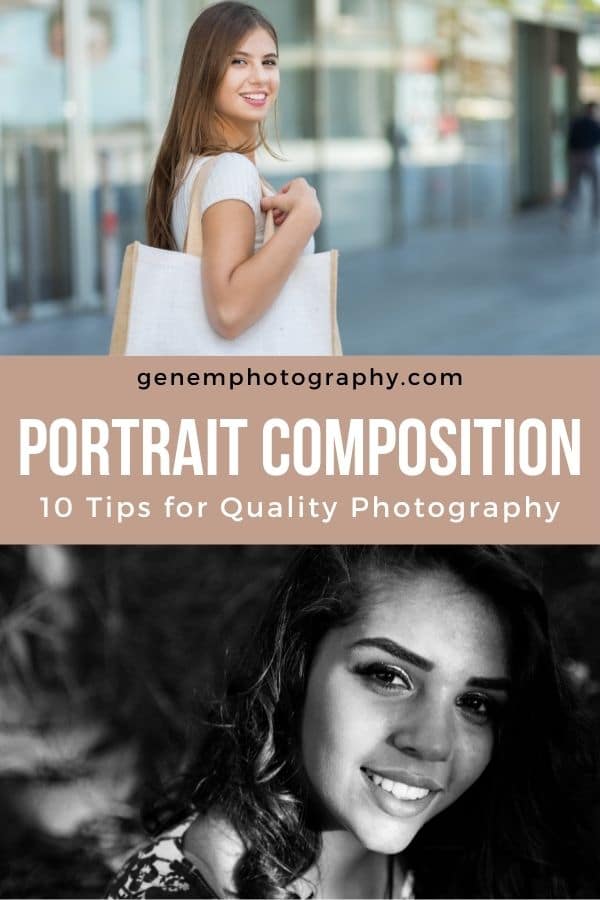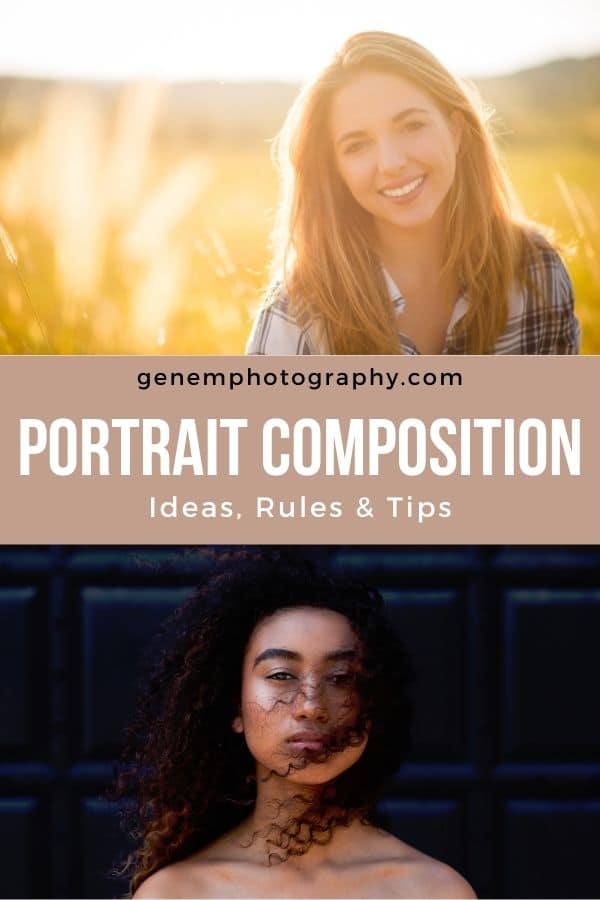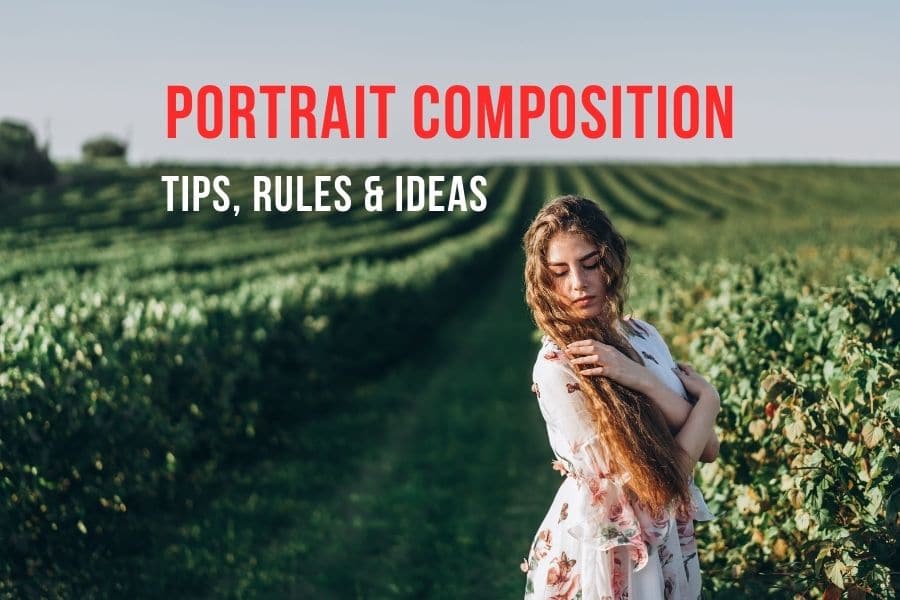Having photographed portraits for a while, something still feels wrong in your captures? For example, bad quality can be caused by several external factors such as overexposed skies or low-light photography conditions. However, one thing that can be influenced by yourself is having the right portrait composition.
Composing for portrait photography isn’t anything difficult. There are tons of easy portrait composition tips and rules that will make a huge difference in your captures. It’s one of the most essential photography skills to master, and after implementing these rules, you will have more engaging portraits. Let’s check out these 10 portrait photography composition rules and ideas for beginners.
1. Rule of Thirds
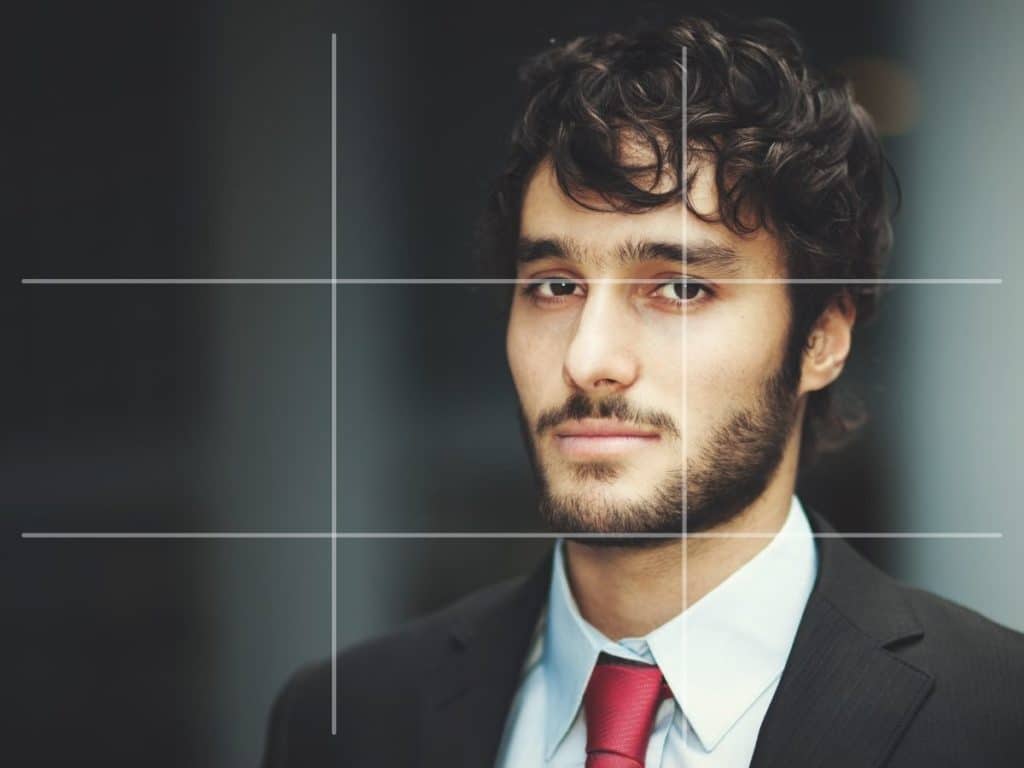
It is one of the most fundamental rules in any photography composition technique. It is used in landscape, city, and very commonly in portrait composition. The basic rule is that the main subjects that catch the eye are on the vertical grid lines or at the intersection points of vertical and horizontal lines.
In portrait composition, the first thing is to make sure that the eyes of your model are in the top third of the photo. After paying attention to that simple rule, you have different variations for where to place your subject: either in the center or on one of the sides.
When your photographed model is looking straight at the camera, the most common positioning is that their dominant eye is in the center of the image.
If the model is looking away in some direction, then the common rule is that you should leave some space to look into. Additionally, keep in mind that the eyes should be placed in the upper third of the frame, and even better if you place a dominant eye at the intersection point.
The main rule: Make sure that your model’s eyes are placed in the upper third of the photo.
2. Shallow Depth of Field
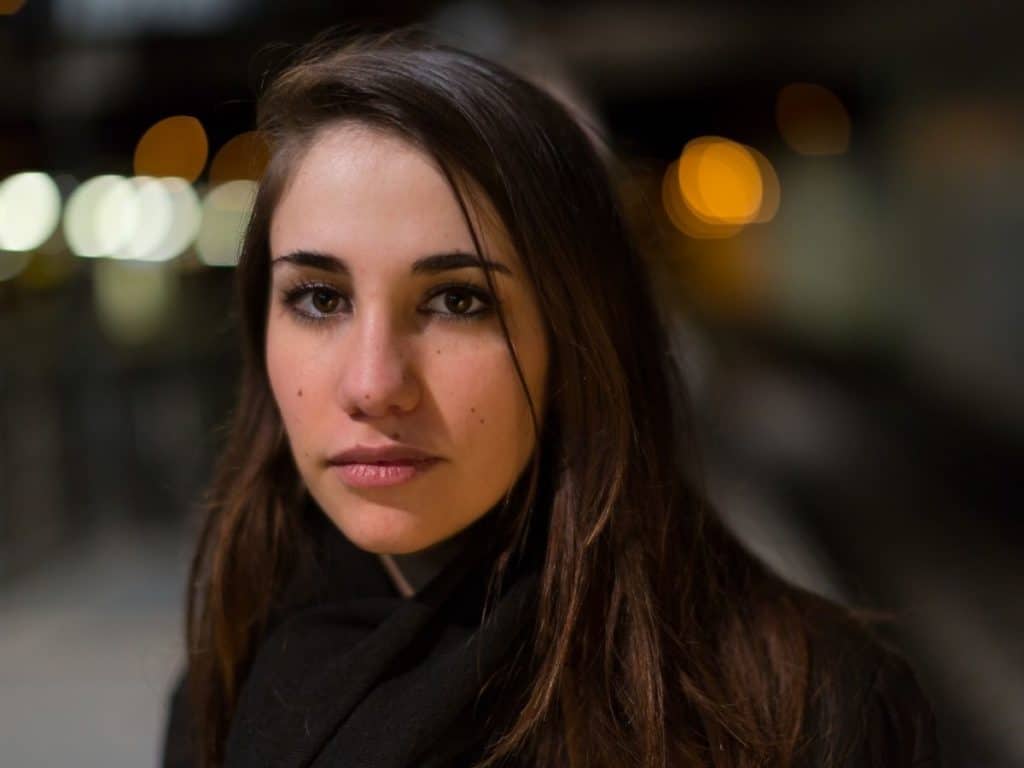
That’s a pretty easy portrait composition technique to adapt. The main reason why it is widely used is when the background has a lot of activity. For example, people, a nice push, buildings, or anything else that attracts the eye. In portrait photography, however, you need to keep the focus on your model.
The best way to distract attention from the background is to use a shallow depth of field. It can be easily adapted by making adjustments to the camera’s aperture. Shoot with a wide aperture (a small f-stop number) to set your focus point only on your subject.
For that occasion, you need to have portrait lenses that allow you to shoot from an aperture like f/1.4 to somewhere around f/3.5.
The main rule: To distract attention from the background, use a wide aperture to have a shallow depth of field.
3. Leading Lines
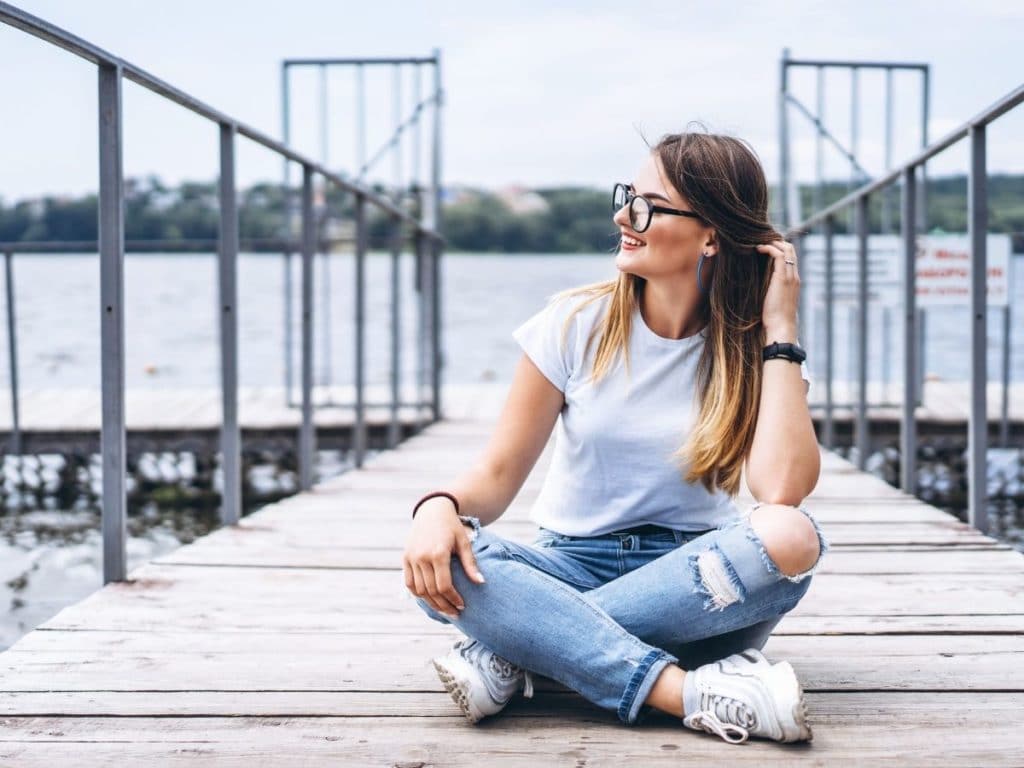
Another composition rule used in different forms of photography is the use of leading lines to draw attention to your model. It is a powerful tip to use because it will lead viewers’ eyes automatically to your focal point.
The leading lines can be as simple as a shade pointing to the subject, standing in the middle of lavender fields, or an alley of trees. There are so many variations to use and experiment with that can upgrade your portrait composition techniques.
The main rule: Next time when you are shooting, look around to see if you can use any objects as leading lines.
4. Filling the Frame

How can we eliminate all the fuss from both the background and foreground? It’s simple – fill the whole frame with your subject. Start with traditional mugshots from the shoulders up to the top, and finish with close-up detailed shots.
As you get closer to your model, the details become more apparent. With a plethora of textures, you can capture emotions through lines, wrinkles, sweat and the depth in the eyes.
How do fill the frame?
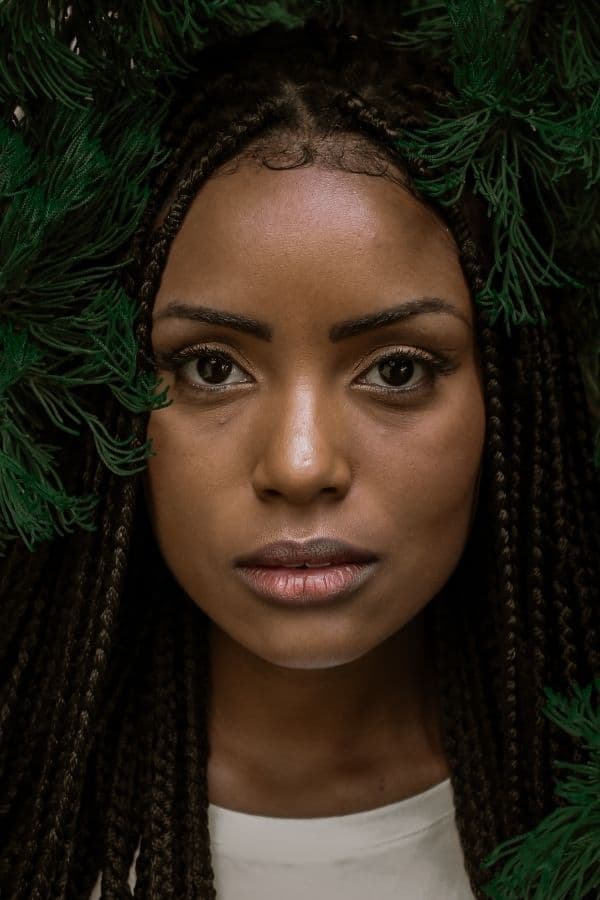
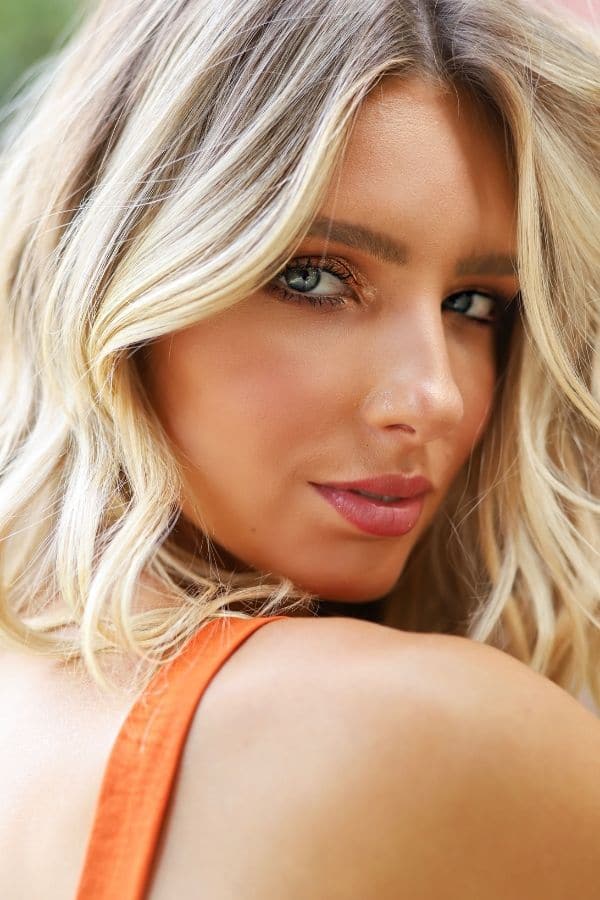
The most traditional portrait composition technique is a photo from the shoulder to the top of the head, but make sure to leave some space between the head and the upper frame. Experiment with landscape orientation shots as well, leaving some space on the sides for the landscape capture.
A closer-look photograph, with the head as the main subject, is less traditional than the last option. Such captures are more attractive because the subject takes full attention; one can see all the details with precise accuracy. Pay attention to one of the main portrait photography rules: focus on the eyes.
From captured photos, it is okay to leave out some parts of the head. For example, leaving out a forehead or a closer shot of an eye. There are many portrait composition variations to experiment with.
5. Framing Model into a Frame
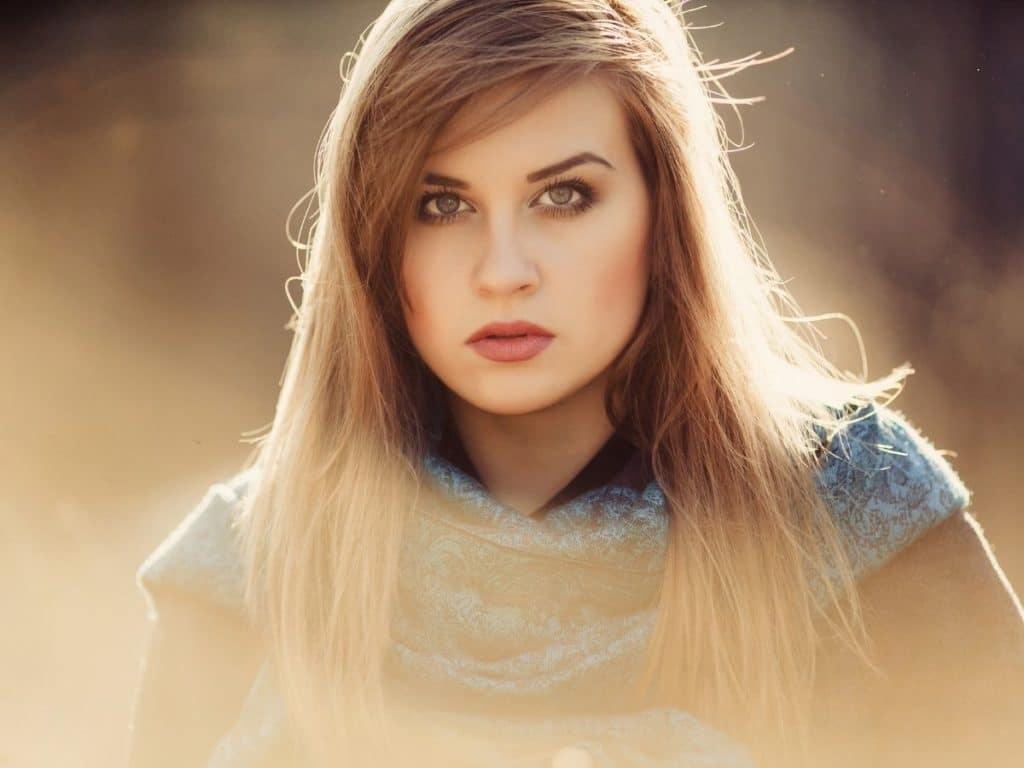
That portrait composition tip is similar to leading lines, but now you are drawing more precise attention by actually framing the subject. Framing in photography is used in various forms, sometimes even inadvertently without consideration.
For example, when you have some kind of monotonous frame around the subject, that draws attention to it. For example, when you are shooting from a cave, the borders of the cave can work as a frame.
In portrait photography, it can be used in the same way. For example, a person can stand in the door frame or look out from the window. Natural frames of bushes, or other man-made frames, can also be used to take outstanding portrait photos.
6. Leave Some Space at the Front of the Viewpoint
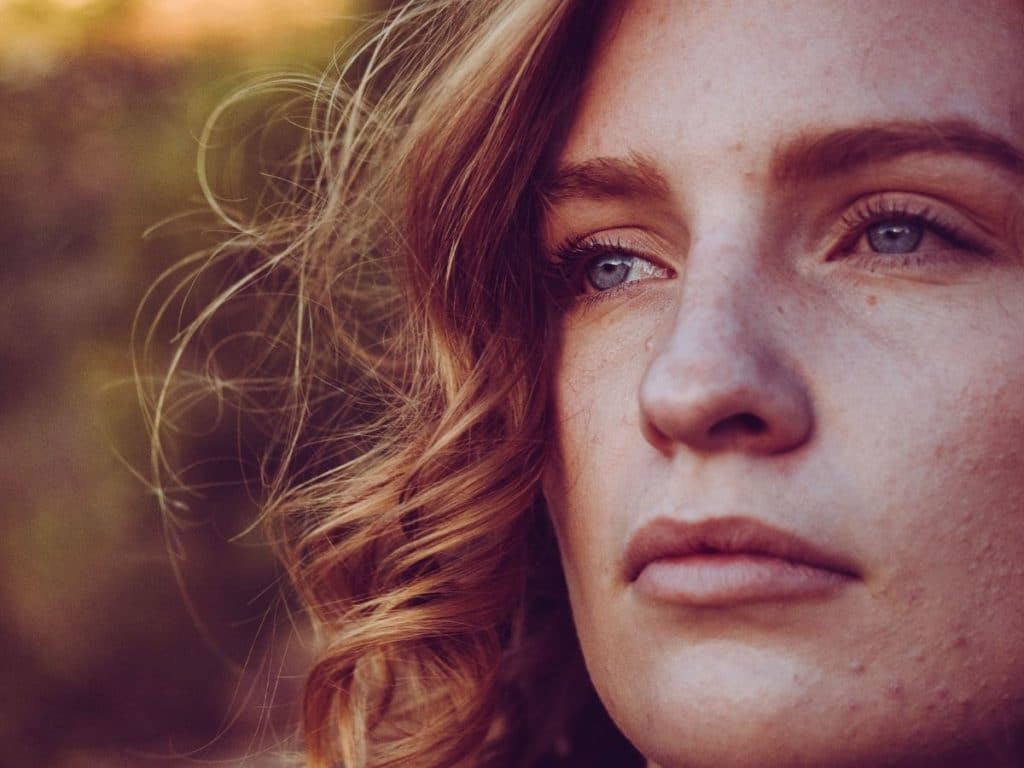
An essential portrait composition trick when shooting a cool photo of your model is “I didn’t notice that you photographed me.” In other words, when the subject is looking away in some direction (not into the camera).
A tip for composition in portrait photography is to leave some space at the front of the viewpoint. Additionally, you can also implement the rule of thirds; for instance, setting the subject at intersection points and leaving some space for them to look into. Make sure that the open space isn’t too cluttered with attractive objects or colorful tones, or use shallow depth of field to distract attention from the background.
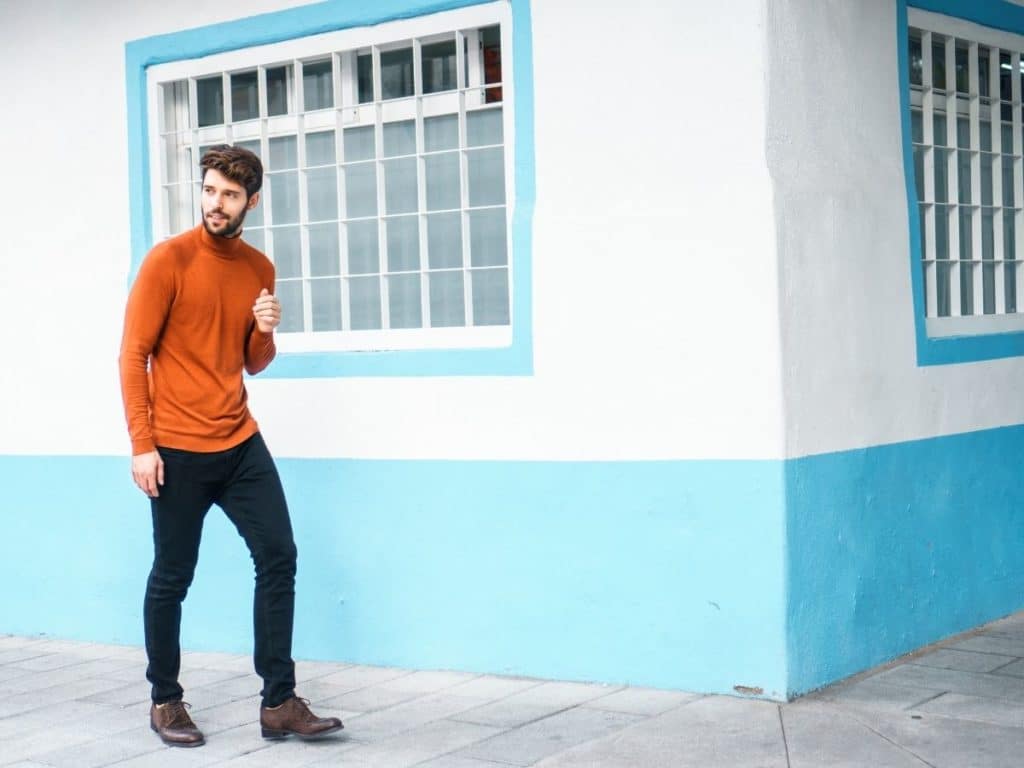
Also, this portrait composition technique is widely used when shooting a model from movement. For example, sided photo of a walking subject. It feels right and logical to leave some space in front to see where the person is heading.
7. Mostly Shoot at the Same Height as Model
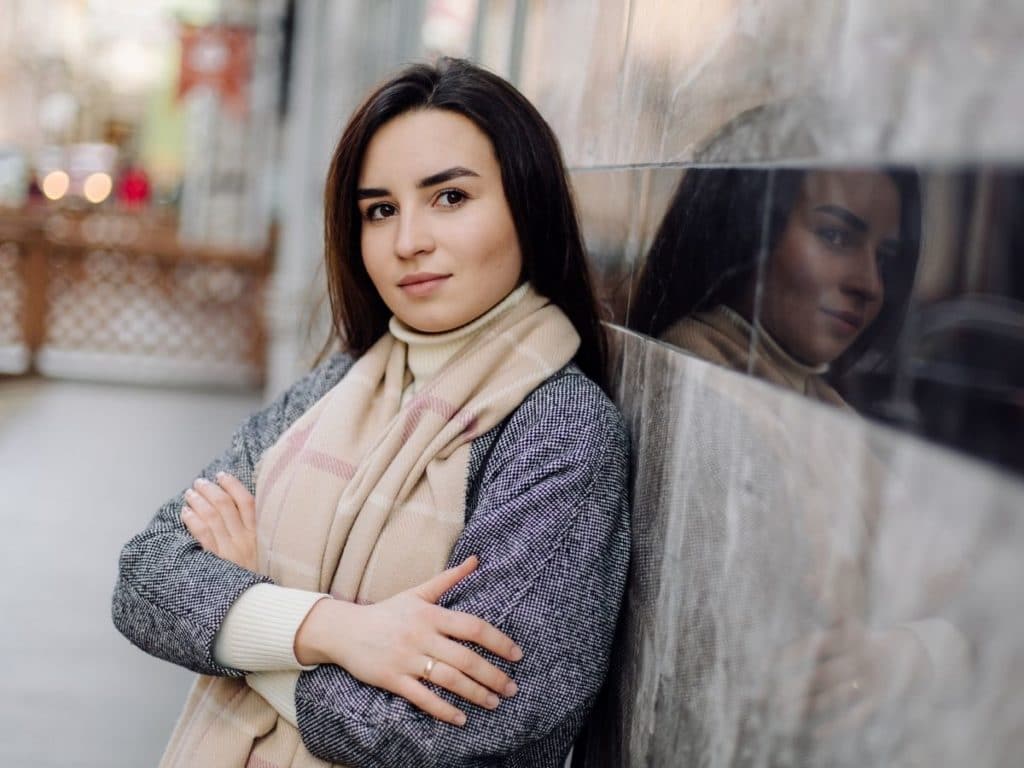
Again, this is an easy portrait composition technique to pay attention to while shooting. The golden rule for most occasions is to incline yourself at the same height as the model’s eyes. It’s the most traditional way to have a natural-looking composition.
The benefits of shooting at the same height become apparent when you are taking a close-up capture. To put it into perspective, when taking a portrait from above the model’s forehead looks enormous. Also, captures from below can reveal a double chin or something on the subject’s nose. For most days, it’s better to be at the same level as your subject.
But it’s not a rule to shoot exactly that way. Even a slight height adjustment can have an amazing effect on your photos and give something different from monotonously shooting at the same height. Leave some room for experimenting, too.
Reminder: Most of the time when shooting close-up photos, stay at the same height, even if it means using a ladder.
8. Focus on the Eyes
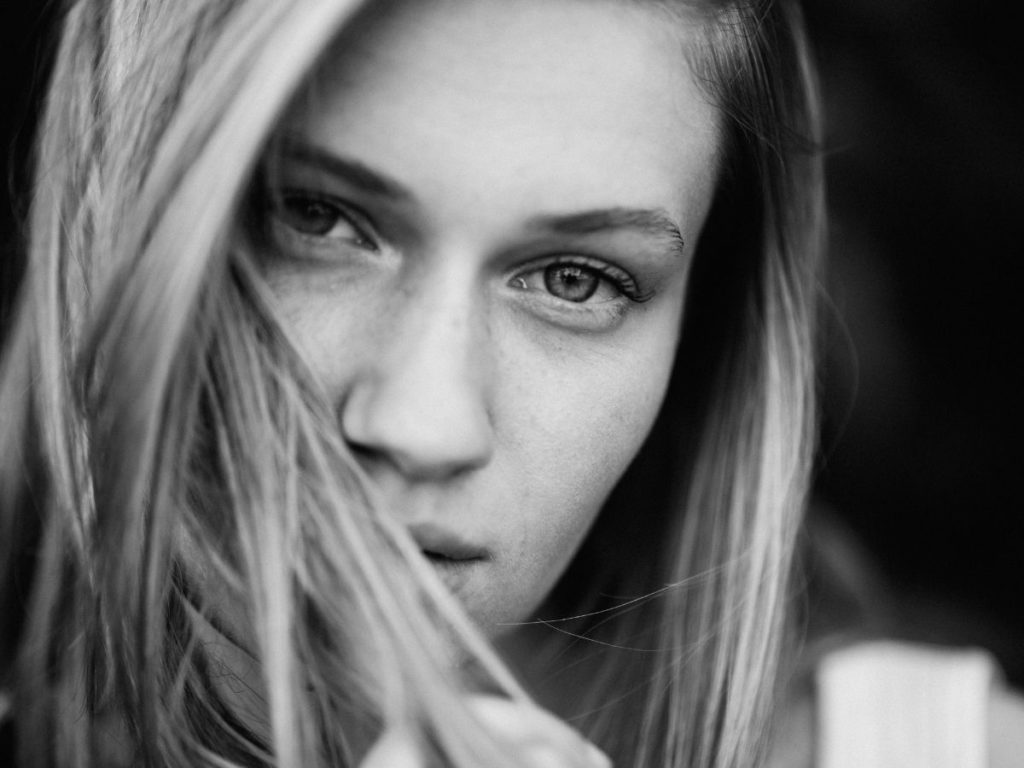
What would be the first detail in the photo that catches your attention? Probably, you would be looking for “eye contact.” Having sharp and focused eyes in the photo is absolutely a fundamental photography skill to master in portrait composition.
First, check if the focus point is in the eyes. It can mistakenly happen when you have a large aperture with a shallow depth of field. Most new cameras have autofocus systems with eye detectors. This can be avoided by using the correct camera settings.
For portrait compositions, there are a variety of options to focus on the eyes. Firstly, you can bring out these with a frame. For example, simply framing with natural objects, such as branches from a bush.
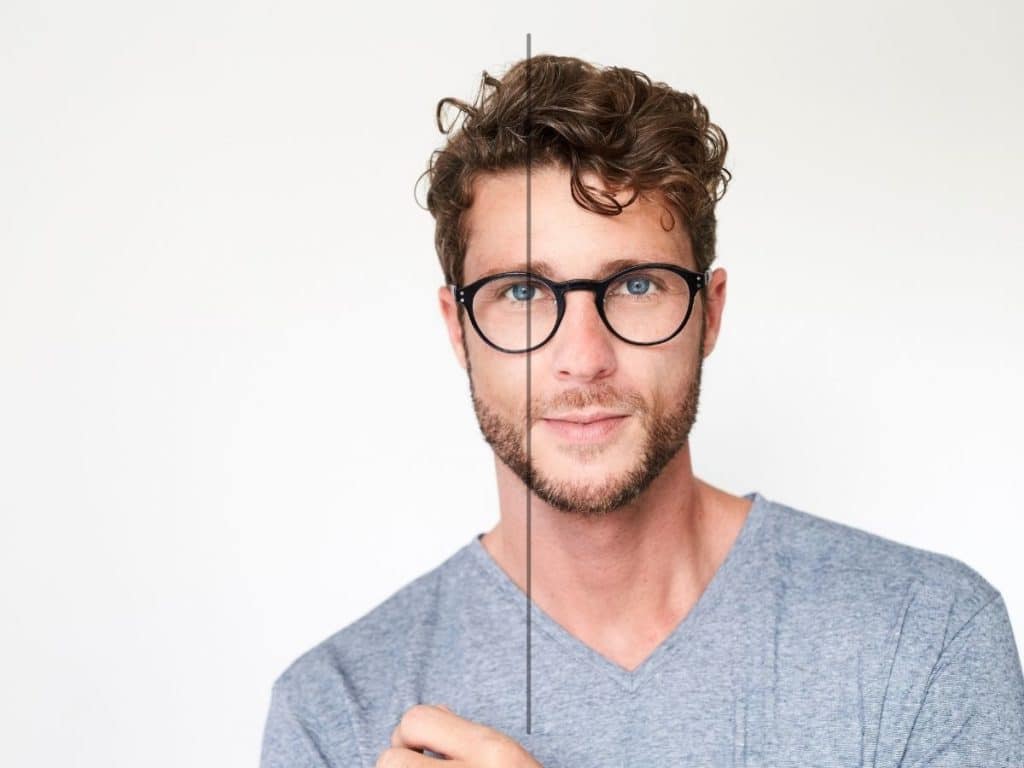
Also, keep in mind the golden rule of positioning the eyes to the upper side of the photo (the rule of thirds).
Another great portrait composition idea is to have the dominant eye pointing at the center of the image. On that occasion, your model’s head is slightly tilted with one eye being dominant. With that technique, you will draw focus straight to the point – to the eye.
9. Contrast Between a Model and Background
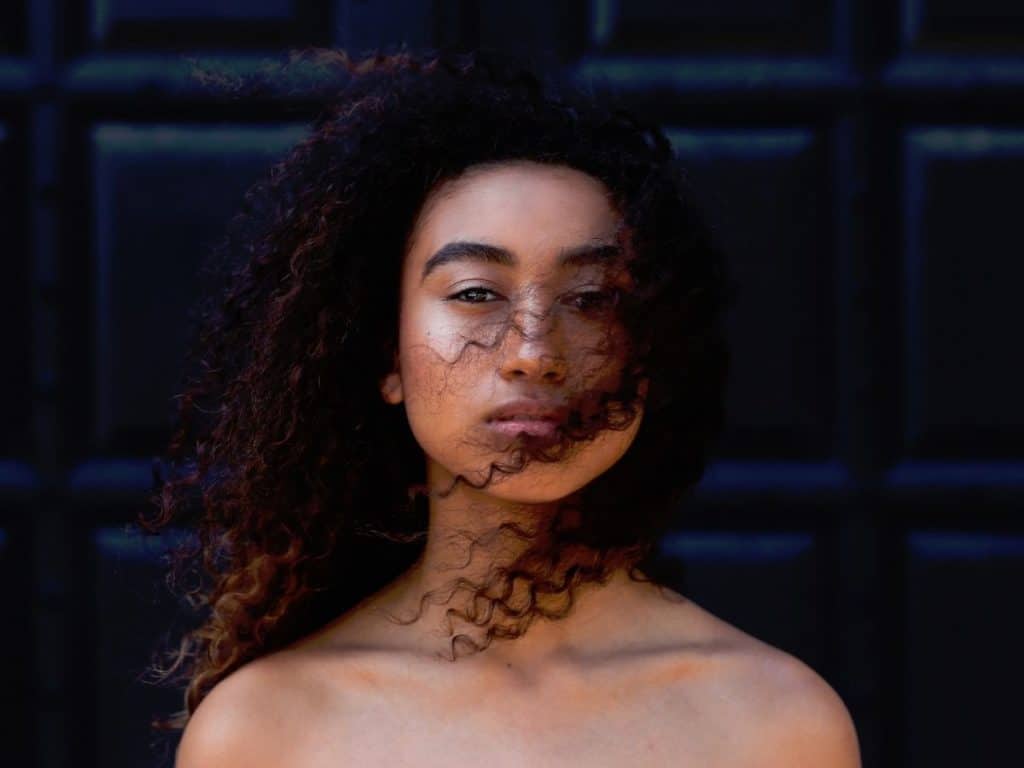
One effective way to point attention to the main subject is to play with lighting and different tones.
One tip is to find a spot with a darker background and position your model in a place where the foreground is a bit lighter. With that, you can avoid having the background blend in with the subject.
Another thing to keep in mind while finding a sweet contrast between the person and background is just choosing an opposite tone: a golden portrait composition tip would be to avoid skin tones as backgrounds, simply because then it will be easier to stand out from the background.
When shooting with the intent of showcasing a clothing brand, it is essential to have a contrast between the subject and background.
10. Don’t leave Too Much Dead Space
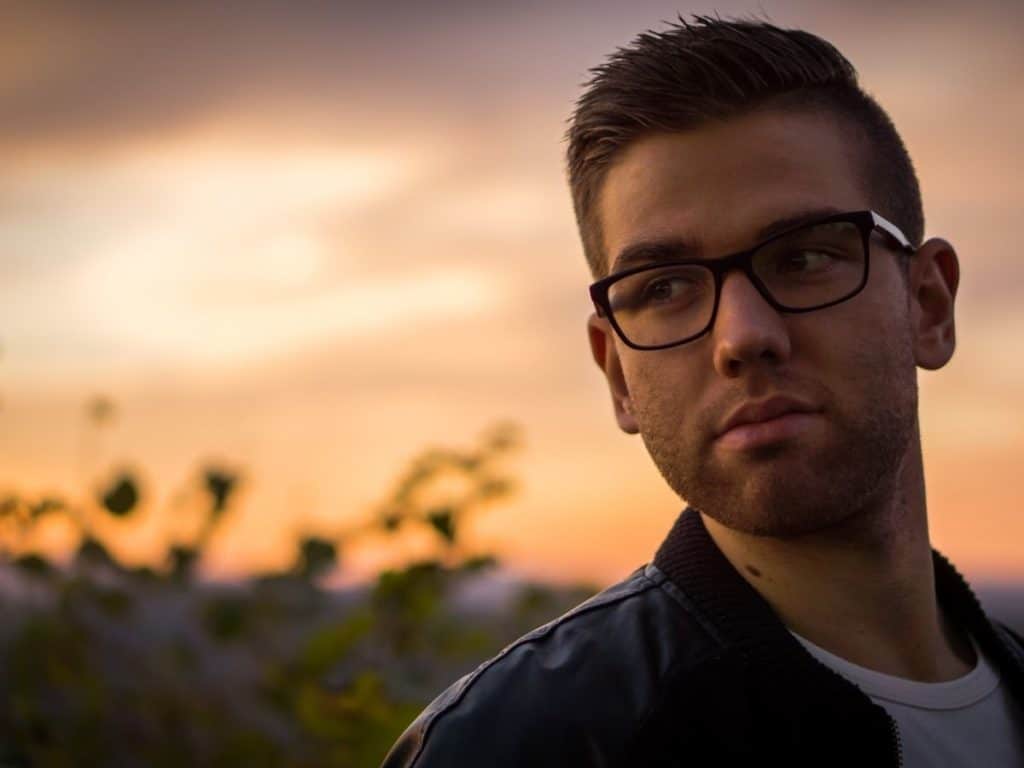
First, what is dead space? It is an area in a composed portrait that is behind the subject; in short, it is a background. You will get more dead space when shooting portraits in landscape orientation rather than in portrait orientation.
For example, taking into account previous portrait composition rules like positioning your model at the intersection points of grid lines and leaving some space in front of your image, it is essential to leave some view area. However, don’t go too far with that. Use space moderately.
Another common mistake in portrait photography composition is leaving too much headroom; it’s again a dead space without proper reason. The capture would be a thousand times better if unnecessary dead spaces were cropped out.
BONUS: Experiment with Different Angles and Heights and movement
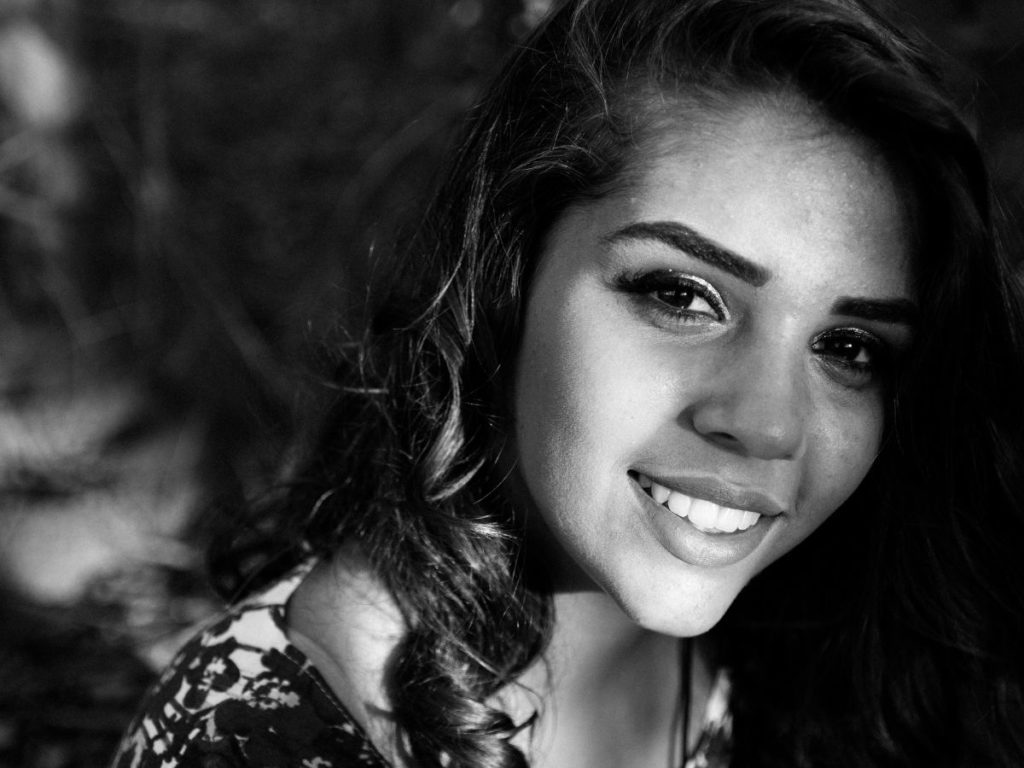
With all the golden rules of portrait photography mentioned above, it always feels sweet to break the rules for a while. In the end, do you want to be a standard photographer and keep up with all the rules or do you want to be a creative-minded photographer with a bit of experimentation? Here are some options to try something different.
Firstly, let’s talk about positioning your subject with different angles and heights. You don’t always need to shoot aligned with your model’s eyes. For example, it would be a great idea to shoot some photos from above and below; that portrait composition technique might have an amazing effect on your image, but it requires some practice.

Additionally, another tip when shooting full-body portraits of a woman, for example, is that you can visually create the illusion of longer legs by taking a photo from below eye level.
It’s a bit more advanced technique, but it also experiments with different movements, such as the “walk away” pose. It would be a great addition to your portfolio of photography portrait compositions, allowing you to capture sharp movements without motion blur.
Portrait Composition Tips to Keep in Mind
- The rule of thirds – Most of the time, place the eyes on the upper third.
- Shallow Depth of Field – Set your focus on your subject with a wide aperture.
- Leading lines – Draw attention to your subjects with visual lines.
- Fill the Frame – Eliminate dead space with close-up captures.
- Frame the model – Use different kinds of frames to draw attention to your subject.
- Leave some space in front of the viewing point – Let the viewer know where the subject is looking.
- Mostly shoot at the same height as the model’s eyes – It looks more natural.
- Focus on the eyes – The most prestigious element in the photograph.
- The contrast between the background and the model – Make sure that your subject stands out.
- Use dead space well – Don’t have too much monotonous space; try to balance it.
More photography tips and tricks:
👉 22 Summer photography ideas to try out this season
👉 Landscape photography: 11 simple tips for better photography
👉 How to avoid overexposed sky in photography: 9 simple tips
👉 Low light photography without a flash: 10 simple tips
PIN IT
